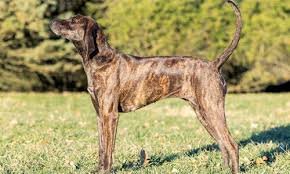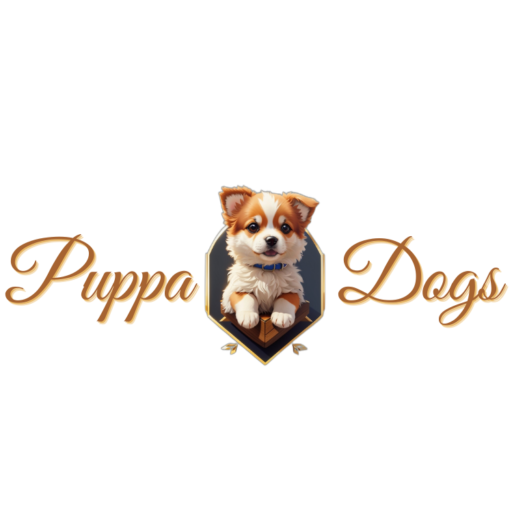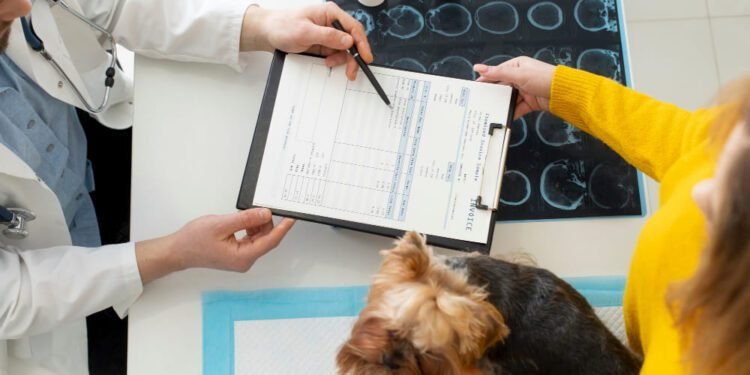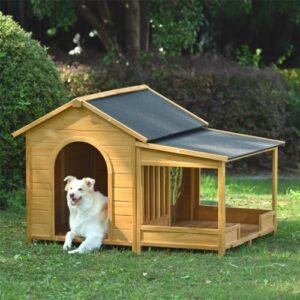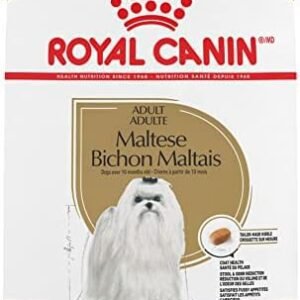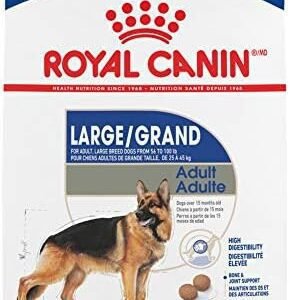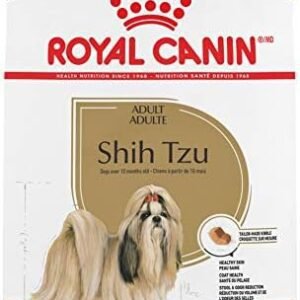Introduction
As a dog owner, you want nothing but the best for your furry friend. However, dogs, like humans, can experience mental health challenges such as anxiety and compulsive disorders. These conditions can significantly impact their quality of life if left untreated. Understanding these disorders is crucial to ensuring your pet remains happy and healthy. This article aims to educate dog owners about anxiety and compulsive disorders, including their symptoms, prevention strategies, and treatment options. By the end, you’ll be better equipped to recognize signs of distress in your dog and take the necessary steps to help them thrive.
Anxiety and compulsive disorders are more common than many pet owners realize. Studies suggest that up to 70% of dogs exhibit some form of anxiety-related behavior during their lifetime. These behaviors can range from mild nervousness to severe, debilitating conditions that require professional intervention. By learning about these issues, you’re taking the first step toward ensuring your dog’s emotional well-being.
Table of Contents
What is Anxiety and Compulsive Disorders?
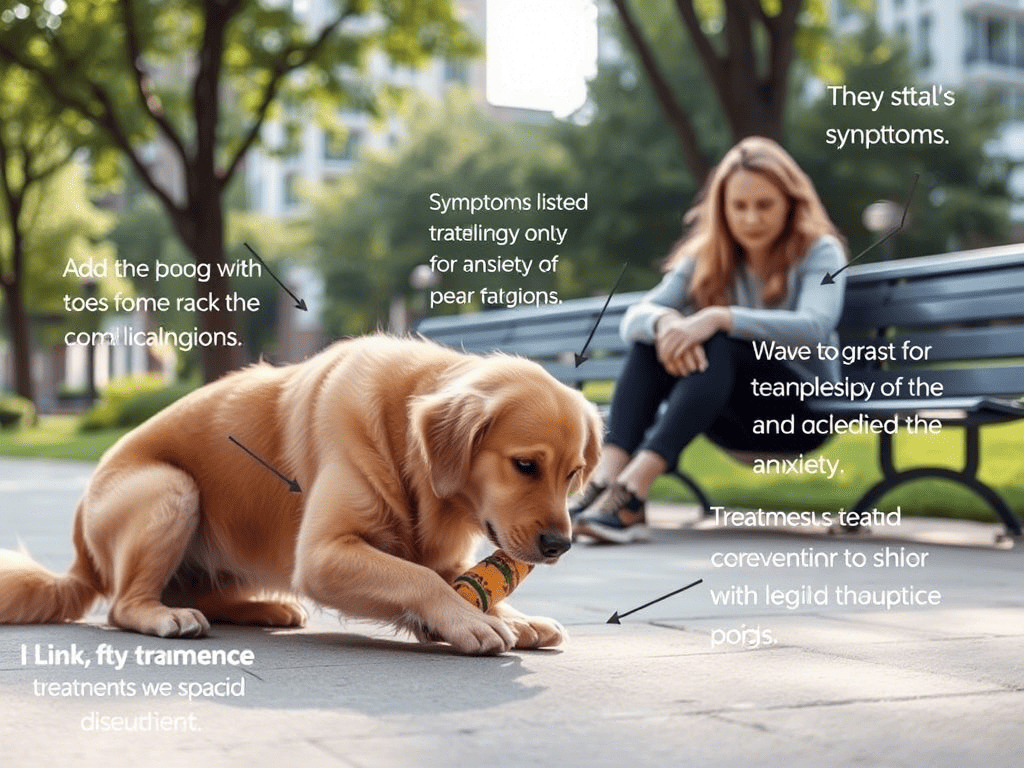
Anxiety and compulsive disorders in dogs are behavioral conditions that stem from emotional distress or neurological imbalances. Anxiety refers to excessive fear or worry, while compulsive disorders involve repetitive, uncontrollable behaviors that serve no practical purpose. These issues can range from mild to severe and may result from genetic predispositions, environmental stressors, or past trauma.
When left unaddressed, these disorders can lead to physical harm, strained relationships with family members, and a diminished quality of life for your dog. Recognizing and addressing these conditions early is essential for your pet’s well-being.
Types of Anxiety in Dogs
There are several types of anxiety that dogs can experience:
- Separation Anxiety : Occurs when a dog becomes overly attached to their owner and panics when left alone.
- Noise Anxiety : Triggered by loud sounds like thunderstorms, fireworks, or construction work.
- Social Anxiety : Happens when a dog feels uncomfortable around unfamiliar people, animals, or environments.
Compulsive disorders, on the other hand, often manifest as repetitive actions like tail-chasing, shadow-staring, or flank-sucking. These behaviors may start as harmless habits but can escalate into harmful obsessions if not addressed.
Understanding the root causes of these conditions is key to managing them effectively. For example, separation anxiety might stem from a lack of independence training, while noise anxiety could be linked to traumatic experiences in the past.
Symptoms of Anxiety and Compulsive Disorders
Identifying the symptoms of anxiety and compulsive disorders is the first step toward helping your dog. Here are some common signs:
Symptom 1: Excessive Licking or Chewing
Dogs with compulsive disorders often engage in repetitive licking or chewing, sometimes targeting specific areas like their paws or tail. This behavior can lead to skin irritation, infections, or even self-mutilation. In extreme cases, dogs may lick themselves raw, requiring medical attention to prevent further damage.
For example, a dog named Bella was brought to a vet after her owner noticed she had chewed her paws until they bled. After diagnosis, it was determined that Bella’s behavior stemmed from anxiety caused by frequent household arguments. Addressing the source of her stress and providing medication helped reduce her compulsive licking.
Symptom 2: Pacing or Restlessness
A dog experiencing anxiety may pace back and forth without purpose, especially during stressful situations like thunderstorms or when left alone. This behavior is often accompanied by panting, drooling, or whining. Pacing can last for hours if the underlying cause isn’t addressed.
Some dogs may also exhibit “shadow chasing,” where they run in circles trying to catch their own shadow. While this might seem playful at first, it can become obsessive and exhausting over time.
Symptom 3: Destructive Behavior
Anxiety can manifest as destructive actions, such as chewing furniture, digging at doors, or tearing up household items. This is often a sign of separation anxiety. Dogs who feel abandoned may attempt to escape or vent their frustration through destruction.
Other symptoms include trembling, excessive barking, aggression, or withdrawal from social interactions. If you notice any of these behaviors, it’s important to address them promptly.
How Anxiety and Compulsive Disorders are Transmitted
While anxiety and compulsive disorders are not “transmitted” in the traditional sense like contagious diseases, certain factors can contribute to their development:
- Genetics : Some breeds are more prone to anxiety due to inherited traits. For instance, herding breeds like Border Collies and Australian Shepherds are known for their high energy levels and sensitivity to stress.
- Environment : High-stress environments, lack of socialization, or traumatic experiences can trigger these disorders. A dog raised in a chaotic household or one that has experienced abuse is more likely to develop anxiety.
- Health Issues : Underlying medical conditions, such as thyroid problems or neurological disorders, can exacerbate anxiety. Painful conditions like arthritis or dental disease may also make a dog irritable or fearful.
High-risk environments include homes with frequent loud noises, inconsistent routines, or inadequate mental stimulation for the dog. Even seemingly minor changes, like rearranging furniture or introducing a new pet, can trigger anxiety in sensitive dogs.
Prevention of Anxiety and Compulsive Disorders
Preventing anxiety and compulsive disorders starts with creating a safe, supportive environment for your dog. Here are some tips:
Importance of Vaccination (If Applicable)
While vaccinations don’t directly prevent anxiety, keeping your dog healthy reduces the risk of illnesses that could contribute to stress or behavioral changes. Regular vet check-ups ensure your dog stays physically fit, which supports their mental health.
Hygiene Practices to Prevent Stress
Maintain a clean, organized living space to minimize potential triggers. For example, avoid exposing your dog to harsh chemicals or overwhelming scents. Provide a designated area where your dog feels safe, such as a cozy bed or crate.
Tips for Protecting Dogs
- Socialization : Introduce your dog to new people, animals, and environments gradually and positively. Puppy classes are an excellent way to build confidence.
- Routine : Establish a consistent daily schedule for feeding, walks, and playtime. Dogs thrive on predictability, and a stable routine helps them feel secure.
- Mental Stimulation : Provide toys, puzzles, and training sessions to keep your dog mentally engaged. Interactive toys that dispense treats can keep your dog entertained while reducing boredom-induced anxiety.
By taking these preventive measures, you can reduce the likelihood of your dog developing anxiety or compulsive behaviors.
Diagnosing Anxiety and Compulsive Disorders
Diagnosing these disorders requires professional expertise. Veterinarians typically use the following methods:
- Behavioral Assessment : Observing your dog’s actions and asking questions about their history. The vet may ask about recent changes in your home, your dog’s daily routine, and any notable incidents.
- Physical Examination : Ruling out underlying medical issues that might cause similar symptoms. Conditions like hypothyroidism, ear infections, or gastrointestinal problems can mimic anxiety symptoms.
- Diagnostic Tests : Blood work or imaging may be conducted to ensure there are no physical ailments contributing to the problem.
Early diagnosis is critical because it allows for timely intervention, preventing the condition from worsening. Delaying treatment can lead to chronic issues that are harder to manage.
Treatment of Anxiety and Compulsive Disorders
Treating anxiety and compulsive disorders involves a combination of behavioral modification, medication, and supportive care:
Overview of Treatment Options
- Behavioral Therapy : Techniques like desensitization and counter-conditioning help retrain your dog’s responses to triggers. For example, if your dog fears loud noises, you might gradually expose them to recorded sounds at low volumes while rewarding calm behavior.
- Medications : Anti-anxiety medications or antidepressants may be prescribed for severe cases. Common options include fluoxetine (Prozac) and clomipramine (Clomicalm).
- Supplements : Natural remedies like CBD oil or calming pheromone diffusers can complement traditional treatments.
Supportive Care
Ensure your dog stays hydrated, eats a balanced diet, and receives plenty of exercise. These factors play a vital role in managing stress. Omega-3 fatty acids, found in fish oil, have been shown to improve brain function and reduce anxiety in dogs.
Hospitalization and Intensive Care (If Applicable)
In extreme cases where the dog poses a danger to themselves or others, temporary hospitalization may be necessary for stabilization. This is rare but may occur in cases of severe self-harm or aggression.
Recovery and Aftercare
Recovery from anxiety and compulsive disorders is a gradual process. Here’s what to expect:
- Short-Term Recovery : Your dog may show improvement within weeks of starting treatment, but full recovery can take months. Patience and consistency are key.
- Aftercare Tips : Continue practicing positive reinforcement, maintain a stable routine, and monitor your dog’s progress closely. Avoid exposing your dog to known triggers during recovery.
- Long-Term Health Considerations : Regular check-ups with your vet will ensure your dog remains on track. Addressing relapses quickly is key to long-term success.
Real-Life Stories and Case Studies
Many dog owners have successfully managed their pets’ anxiety and compulsive disorders. For instance, Sarah noticed her Labrador, Max, obsessively licking his paws after moving to a new home. With the help of a vet, she implemented a combination of medication and behavioral therapy. Within six months, Max’s behavior improved dramatically, and he became a happier, more relaxed dog.
Another story involves Jake, a rescue dog who exhibited severe separation anxiety. His owner used crate training and calming music to ease his stress. Over time, Jake learned to cope with being alone, thanks to patience and consistency.
These stories highlight the importance of seeking professional guidance and remaining committed to your dog’s recovery journey.
Conclusion
Understanding anxiety and compulsive disorders in dogs is vital for every pet owner. By recognizing the symptoms, taking preventive measures, and seeking proper treatment, you can give your dog the best chance at a happy, healthy life. Remember, early intervention makes all the difference.
If you suspect your dog is struggling with anxiety or compulsive behaviors, don’t hesitate to reach out to a veterinarian. They can provide personalized advice and create a tailored treatment plan. Your dog relies on you for support—be their advocate today!
Contact your local vet now to discuss your dog’s behavior. A simple consultation could make a world of difference for your beloved companion
FAQs
1. Can anxiety and compulsive disorders be cured?
While these conditions may not always be “cured,” they can often be managed effectively through behavioral therapy, medication, and lifestyle changes.
2. Are certain dog breeds more prone to anxiety?
Yes, some breeds, such as Border Collies, German Shepherds, and Greyhounds, are more susceptible to anxiety due to their genetics and temperament.
3. How do I know if my dog has separation anxiety?
Signs of separation anxiety include destructive behavior, excessive barking, and attempts to escape when left alone.
4. Is medication safe for treating anxiety in dogs?
When prescribed by a vet, anti-anxiety medications are generally safe and effective. Always follow your vet’s instructions carefully.
5. Can I prevent anxiety in puppies?
Yes! Early socialization, consistent routines, and positive reinforcement can significantly reduce the risk of anxiety in puppies.



